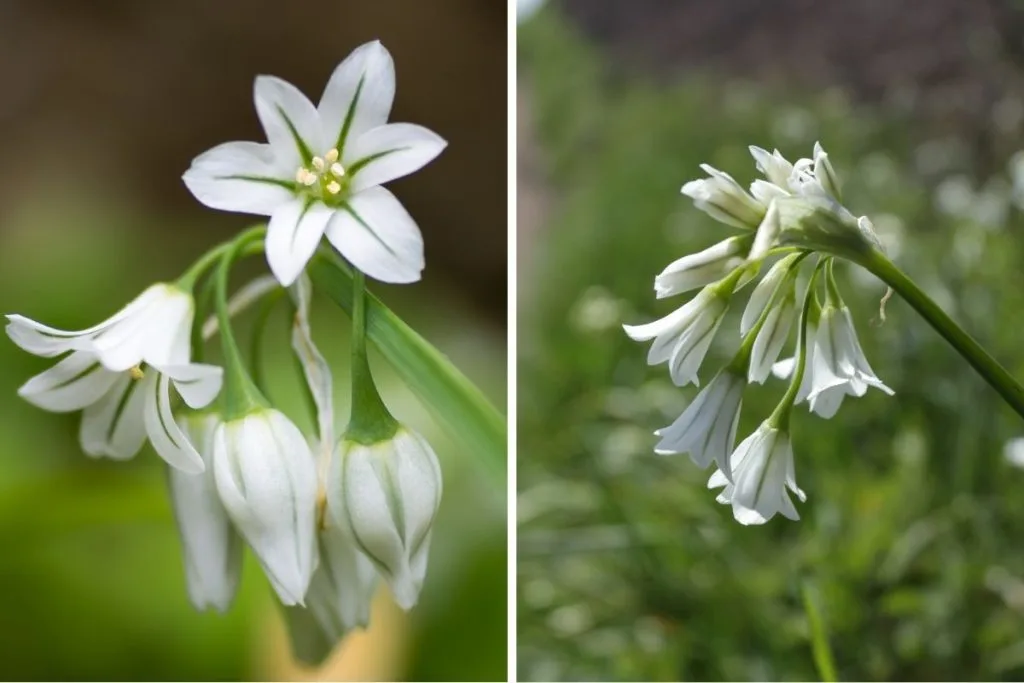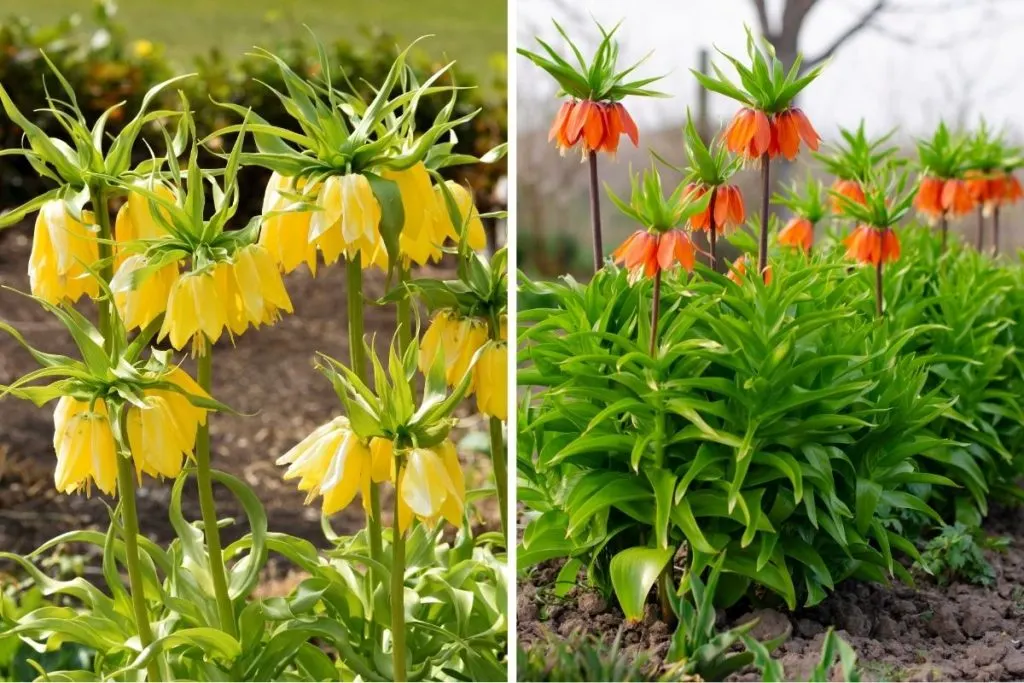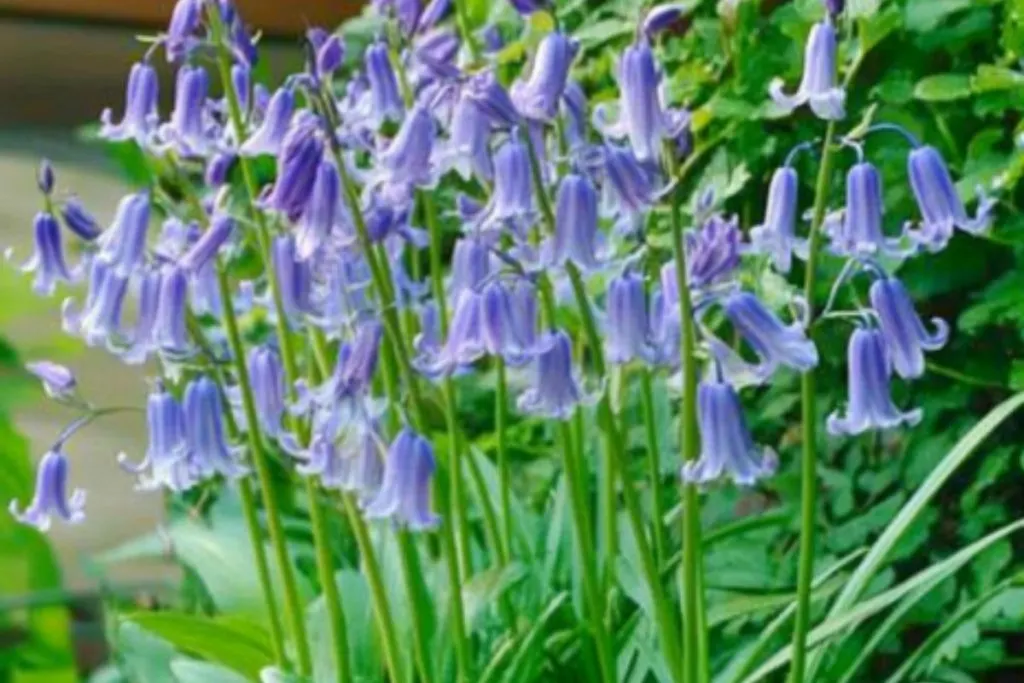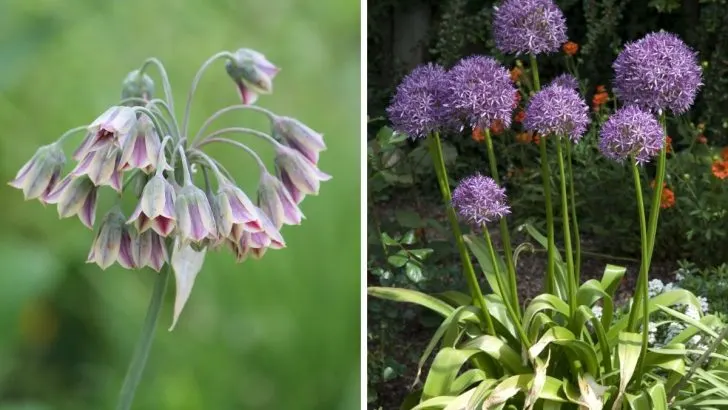Perhaps you’re determined to infuse life into your patio with a stunning array of potted flowers. It’s crucial, however, to steer clear of certain bulbous plants that could turn your botanical dreams into a horticultural nightmare.
Some bulbs are simply too ambitious for the potted life—they either aim for the skies or their roots long to wander far beyond the pot.
As I navigate through my gardening journey – I’ve encountered plant varieties that, despite their aesthetic allure, are best left out of pots.
Allow me to share these insights to save you from potential pitfalls. Let’s dive into these six bulbous plants that are better suited to the open ground than to life in a pot.
Why Some Bulbs Just Don’t Belong in Containers

Top-Heavy Troubles: Imagine nurturing a plant only to have it keel over at the slightest breeze. Taller bulbs can render pots wobbly and unstable, which isn’t just a beauty hiccup; it’s a safety hazard for your leafy friends.
The Great Escape: Some bulbs have Houdini-like tendencies, spreading their roots and offspring beyond their initial confines. This can lead to gardens invaded by unplanned plant guests, turning your carefully curated space into a tangled jungle.
Rooted in Reality: In gardening, understanding the unique needs and growth habits of your chosen plants is half the battle. By choosing bulbs wisely, you enhance the beauty of your space without creating additional maintenance headaches.
1. The High-Rising Camassia

When it comes to bulbs that reach for the stars, Camassia holds a special place. Known for its towering presence, camassia is a spectacle best admired in expansive meadows, not confined containers. Imagine a symphony of tall, pyramid-like blooms dancing in the breeze of late spring—it’s a gardener’s dream come true.
Having nurtured camassia fields in South Wales, I can attest to their allure and the pollinators they attract. However, these tall beauties possess an undeniable need for ample space to spread their blooms and roots. They thrive amidst the misty mountains of the Pacific Northwest, preferring moist, open habitats.
But here’s the catch: camassia hates to be disturbed. It’s like that friend who shies away from change; they want to be left alone to finish their cycle, turning their foliage into a sun-harnessing machine before slipping into dormancy. In a pot, this straggly foliage can become an eyesore, detracting from your lush, green displays. So, if you’re dreaming of vibrant pots, consider leaving camassia out of them.
2. The Skyward-Bound Giant Allium

If there’s one bulb that epitomizes grandeur, it’s the Giant Allium. With over 750 species, this genus offers everything from culinary delights like garlic and onions to stunning ornamental varieties. While some alliums are perfectly suited for pots, the towering giant allium isn’t one of them.
Imagine a plant that grows taller than a basketball player—Allium giganteum can easily reach heights of over four feet, making it a poor choice for pots. As Drew Swainston, garden editor at Homes & Gardens, advises, it’s crucial to leave these giants to flourish in the ground. Otherwise, you might end up with a top-heavy pot that can’t hold its ground against the whims of winds and rains.
Instead, choose a more pot-friendly variety, such as Allium ‘Millennium’, which stands gracefully at one to two feet, or the delightful golden garlic, Allium moly, with its sunny yellow blooms. These diminutive alternatives allow you to enjoy the beauty of alliums without compromising stability.
3. The Unruly Sicilian Honey Garlic

Ah, the charming Sicilian Honey Garlic. Known for its dramatic bell-like flowers, it’s a popular choice for naturalizing meadows. However, its vigor may spell trouble for pot gardeners. This plant thrives across the warm expanse from the Aegean to the Mediterranean but doesn’t know when to stop spreading!
While its cascading blooms are a delight, this bulb is notorious for self-seeding with wild abandon. Before you know it, your well-tended plot might resemble a botanical invasion. Even when confined to a pot, it finds a way to sneak into garden borders and take over lawns.
For those who prefer to keep their plots in check, consider smaller, manageable alternatives like the ‘Valerie Finnis’ grape hyacinth—a petite wonder with delicate blue flowers that promises beauty without the takeover.
4. Star of Bethlehem: A Cautionary Tale

The sight of the Star of Bethlehem carpeting a woodland floor is nothing short of magical. I recall my walks through Tuscan woodlands, where their white blooms added a serene brilliance to the landscape. Yet, this enchanting spring bulb is as aggressive as it is beautiful.
Across many U.S. states, it’s considered invasive and for good reason. Once it gains a foothold, it spreads relentlessly, outcompeting native flora. The Star of Bethlehem is not a bulb to be tamed in the confines of a pot.
Rather than risking an invasion, consider bulbs like snowdrops, or Galanthus nivalis, which offer beautiful white blooms without the unruly tendencies. These are far better suited for enriching your garden without encroaching on other plants.
5. Imperial Fritillary: Bold and Beautiful (But Smelly)

Fritillaria imperialis, with its towering blooms and regal air, might tempt you to place it in pots as a centerpiece. Yet, its size and peculiar smell—often likened to a skunk—make it a less than ideal choice for container gardening.
These bulbs can grow to the size of a fist and soar to heights of four or five feet, posing a challenge even for large containers. Placing them in smaller pots is akin to attempting to balance an elephant on a teacup—it’s bound to topple.
Instead, consider the smaller Snake’s Head Fritillary, or Fritillaria meleagris. With its stunning checkered blooms, it creates visual interest without the overpowering size or odor, perfect for patios and terraces.
6. Spanish Bluebells: The Lingering Guest

A garden favorite across many regions, the Spanish Bluebell is admired for its lovely lilac blooms. Yet, beneath this beauty lies an invasive beast. This perennial doesn’t confine itself once set free and can quickly overrun gardens.
While you might be tempted to pot them up thinking it’ll curb their enthusiasm, think again. These bluebells have a knack for breaking free and propagating wildly. My advice? Politely decline if offered any bulbs or clumps from friends or relatives, unless you’re sure they’re the right kind.
Instead, explore alternatives like Common Snowdrops. These offer a dainty display without the drawback of unexpected invasions, enriching your garden with their charming white blossoms.

